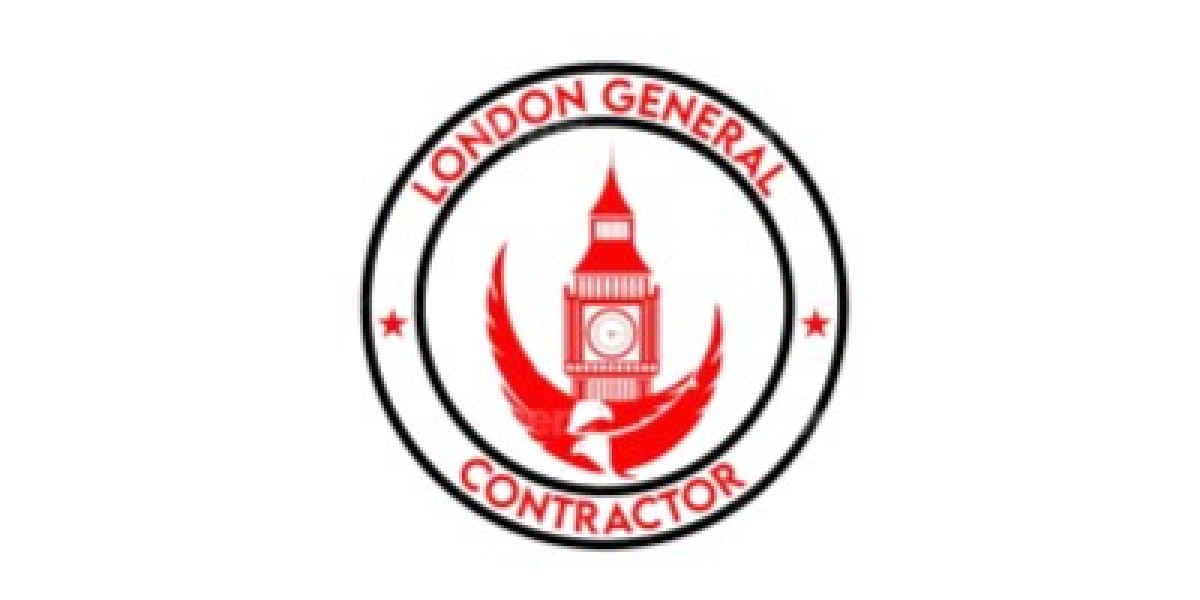Trees are a beautiful and vital part of any landscape — but sometimes, they just have to go. Whether it's because they're dead, dangerous, or just in the wrong place, tree removal is an important service for keeping your property safe and looking its best.
Why Tree Removal May Be Necessary
Sometimes trees become more of a threat than an asset. They might be diseased, leaning dangerously, or growing too close to your house or power lines. In these cases, removing the tree is the safest and most practical choice.
When to Consider Removing a Tree
The tree is dead or dying
Roots are damaging your foundation or pipes
It poses a safety hazard in storms
You’re planning construction and need space
Signs a Tree Needs to Be Removed
Knowing when it’s time to say goodbye to a tree can save you from costly damage or even injury.
Structural Damage and Leaning Trees
A tree that’s leaning more than 15 degrees from vertical is a red flag, especially if it wasn’t always that way. It could mean the roots are failing, and collapse is imminent.
Dead or Dying Trees
If a tree has no leaves in spring, brittle branches, or a hollow trunk, it might already be dead. Dead trees attract pests and can fall at any time.
Roots Causing Property Damage
Roots can sneak into sewer lines, crack driveways, or even lift your home’s foundation. If a tree is too close, it could be time for removal.
Obstruction or Overcrowding Issues
Sometimes, a tree simply outgrows its space or blocks sunlight from other plants. In crowded landscapes, removing one tree can benefit many.
Tree Removal Process Explained
Ever wonder how professionals bring down massive trees without damaging the surroundings? It’s all about strategy, tools, and skill.
Initial Inspection and Risk Assessment
A certified arborist starts with a site evaluation. They assess the tree’s health, proximity to structures, and plan the safest removal method.
Equipment Used in Tree Removal
Chainsaws
Ropes and rigging
Cranes (for large trees)
Wood chippers
Safety harnesses and helmets
Step-by-Step Tree Cutting Process
Clear the Area – Make space and alert nearby people.
Climb or Lift Access – Use ladders or a bucket truck.
Limb Removal – Cut branches starting from the top.
Trunk Cutting – Section the trunk from top down.
Lowering Sections Safely – Use ropes or cranes if needed.
Final Clean-Up – Remove all wood, leaves, and debris.
Cleanup and Waste Disposal
Most services include hauling away the tree parts or chipping them into mulch. You can also ask to keep the wood for firewood or garden use.
Professional Tree Removal vs. DIY
Tree removal isn't a weekend project with a handsaw and a ladder. It involves risk, heavy machinery, and often complicated techniques.
Risks of DIY Tree Removal
Falls from ladders or trees
Getting struck by falling limbs
Damage to your house, fence, or neighbor’s property
Hitting utility lines
Benefits of Hiring Professionals
Certified and insured
Proper equipment
Safety-focused approach
Fast and efficient
Tree Removal Safety Tips
Safety should always be the #1 priority in tree removal.
Common Hazards in Tree Removal
Falling branches or trunk sections
Electrocution from power lines
Unstable trees collapsing suddenly
Safety Gear and Precautions
Pros always wear:
Hard hats
Protective eyewear
Chainsaw chaps
Gloves and boots
Harnesses when climbing
Cost of Tree Removal
Factors That Influence Cost
Tree size and height
Tree species (hardwoods can be tougher to cut)
Location (tight spaces raise the price)
Emergency service needs
Stump removal included or not
Average Cost Estimates
Here’s a ballpark:
Small trees (under 30 ft): $150–$400
Medium trees (30–60 ft): $400–$800
Large trees (over 60 ft): $900–$2,000+
Stump grinding: $75–$300 extra
How to Get a Fair Quote
Get multiple quotes, ask for itemized pricing, and confirm that cleanup and disposal are included.
What Happens After Tree Removal?
Taking down the tree is only half the job.
Stump Removal or Grinding
Most tree services offer stump grinding to get rid of the remaining base. This makes your yard cleaner and prevents pests.
Soil Restoration and Replanting Options
Once the tree is gone, consider planting a new one! Some companies will help restore the soil and suggest replacement trees that suit your yard better.
Legal and Environmental Considerations
You can’t always remove a tree on a whim — sometimes the law gets involved.
Do You Need a Permit?
Many cities require a permit before removing certain trees, especially if they’re large or historic. Always check with your local council.
Preserving Nearby Trees and Ecosystems
Be mindful of surrounding trees, plants, and wildlife. A good tree service will take steps to minimize damage to the environment.
Choosing the Right Tree Removal Company
The right team makes all the difference.
What to Look For in a Tree Service
Certified arborists on staff
Proof of insurance
Good online reviews
Transparent pricing
Questions to Ask Before Hiring
Do you have liability insurance?
Will you handle permits?
What’s included in the quote?
How will you protect my property during removal?
Conclusion
Tree removal is sometimes necessary, but it’s never a decision to take lightly. Whether it’s for safety, construction, or aesthetics, hiring the right professionals makes the process smooth and stress-free. Always prioritize safety, know the signs your tree needs to go, and don’t cut corners — your home and yard will thank you.
FAQs
1. Is it okay to remove a tree by myself?
Only if it's small, easily accessible, and you're confident in your tools and skills. For anything larger or near structures, hire a pro.
2. How long does tree removal usually take?
It depends on the size and location. Most residential tree removals take 2–8 hours.
3. Will tree removal damage my yard?
Not if done by professionals. They use mats and careful techniques to minimize lawn and landscape impact.
4. Can I keep the wood after the tree is removed?
Absolutely! Just ask. Many people use it for firewood, mulch, or woodworking.
5. What’s the best season to remove a tree?
Late fall or winter is ideal — trees are dormant, and there’s less foliage to deal with.








